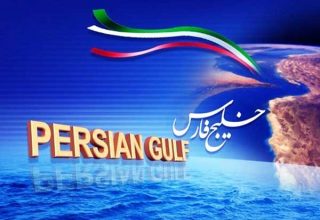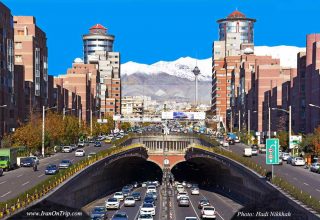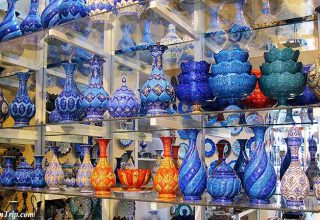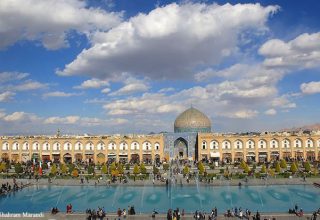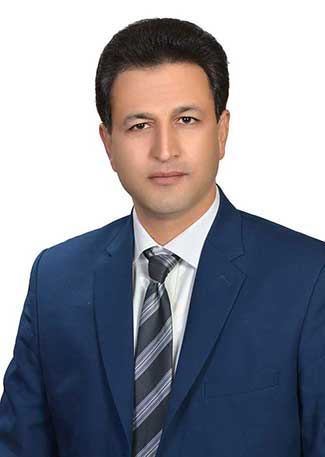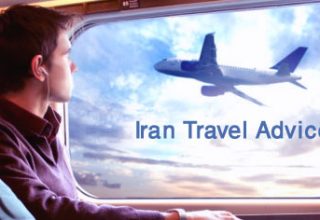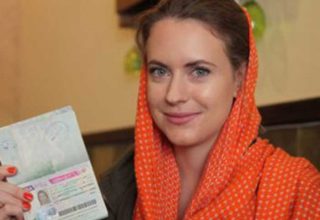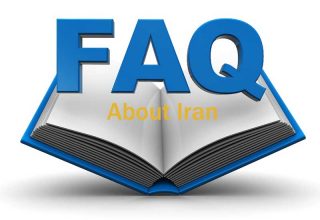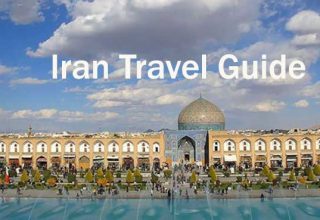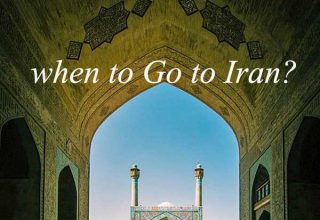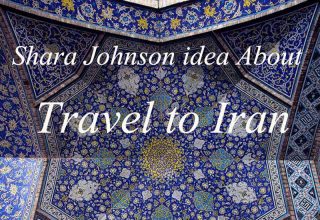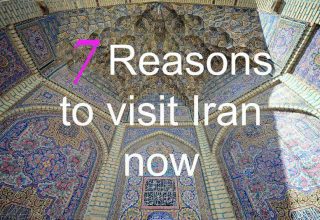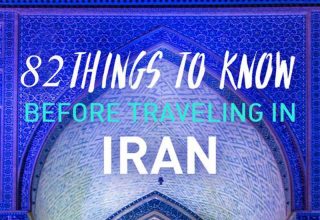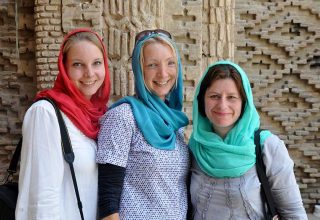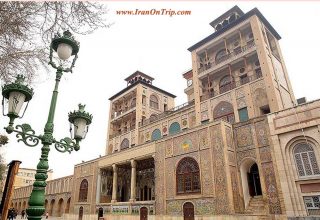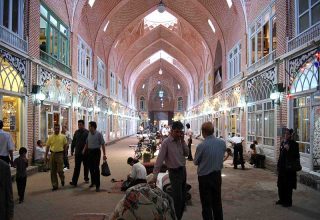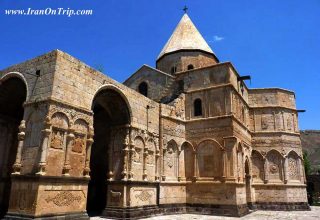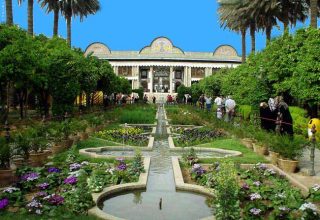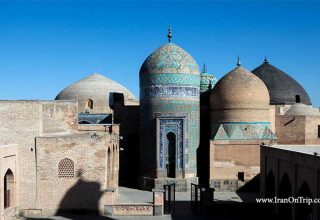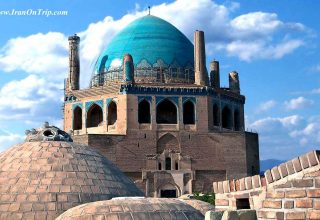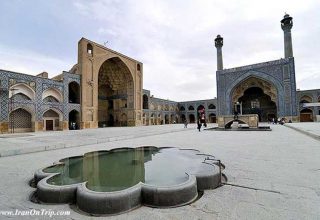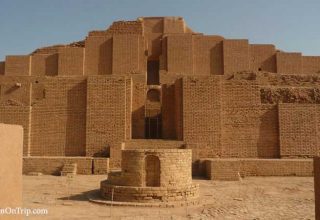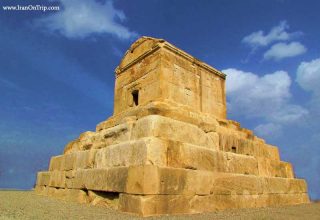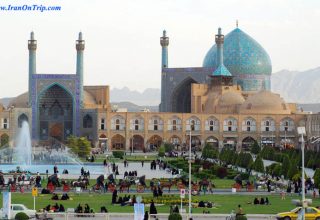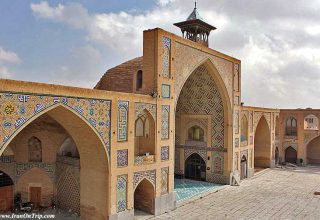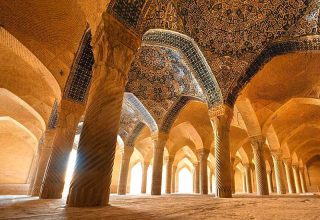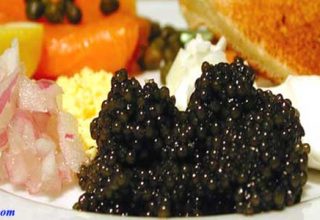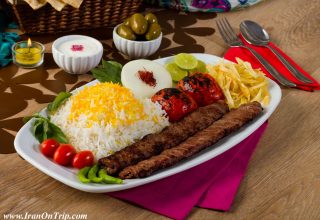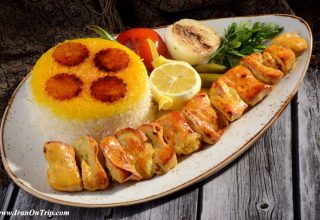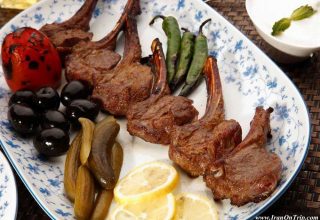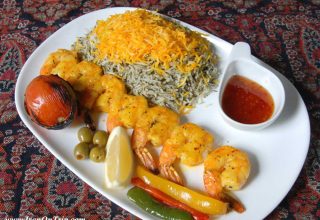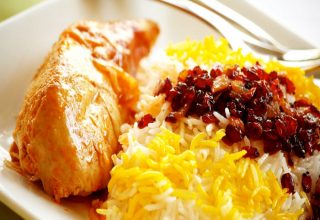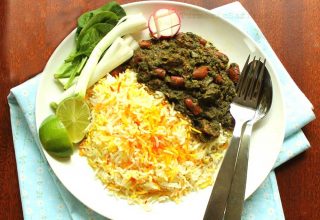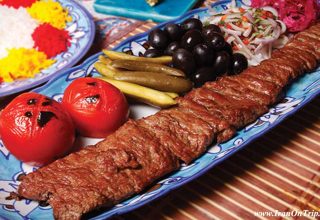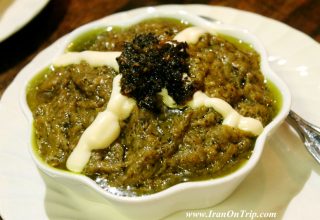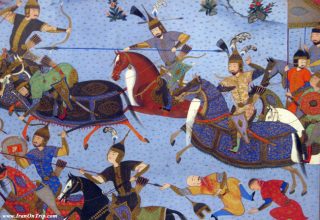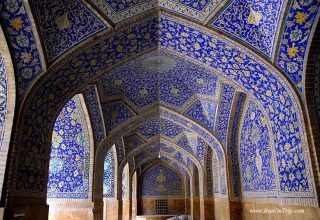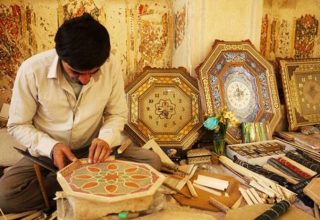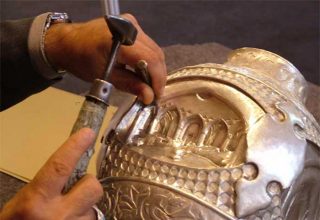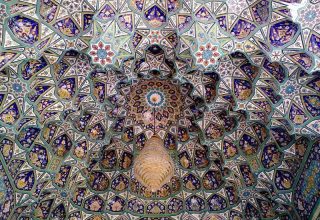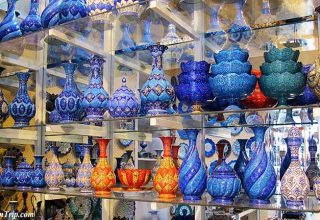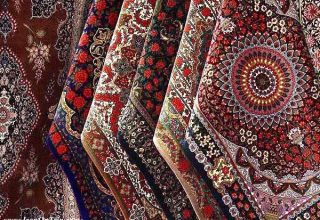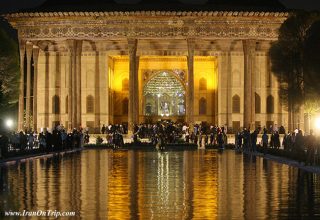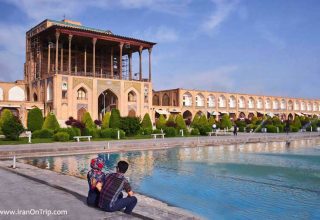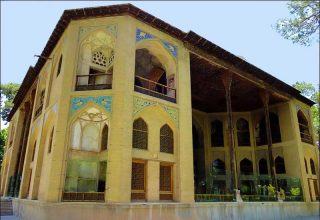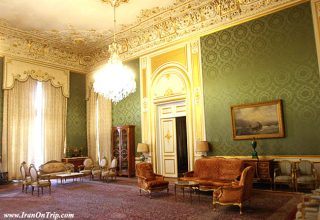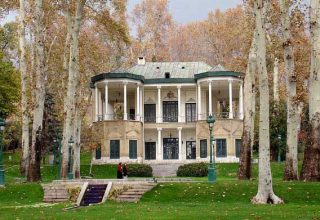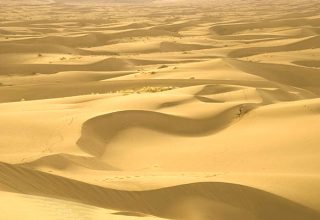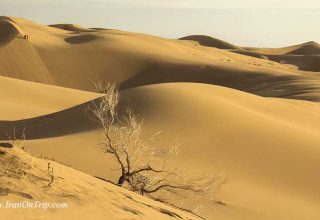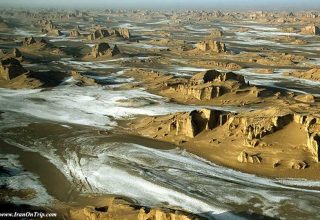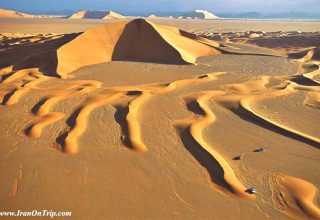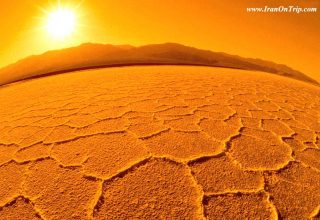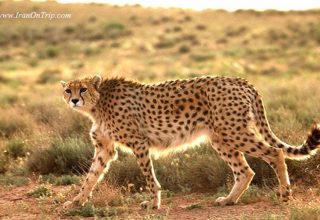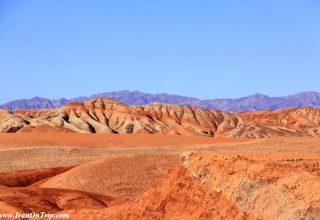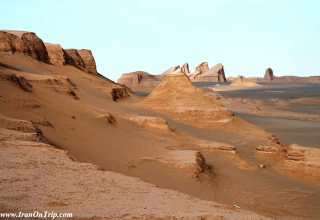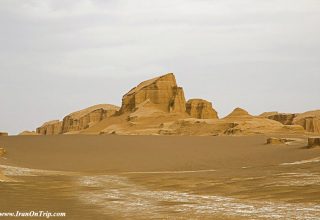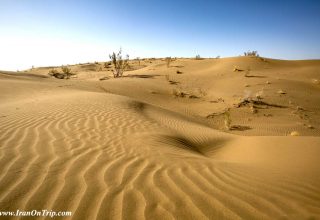Saudi Arabia founder’s handwriting shows use of “Persian Gulf”

A piece of evidence shows that the Saudi founder referred to the Persian Gulf using its correct name, rather than the fabricated one used by certain Arab governments.
In a handwritten and signed letter dated 1347 AH (1928-29), Abdulaziz, the founder of Saudi Arabia, has referred to “Persian Gulf” using its correct name.
This body of water has been historically known as “Persian Gulf”; however, some Arab countries has insisted on using the false term “Arabian Gulf” since 1960s. International organisations continue to use “Persian Gulf” and never accepted its alternative. The dispute still goes on.
Persian Gulf

Persian Gulf, arm of the Arabian Sea, 90,000 sq mi (233,100 sq km), between the Arabian peninsula and Iran, extending c.600 mi (970 km) from the Shatt al Arab delta to the Strait of Hormuz, which links it with the Gulf of Oman. It is called the Arabian Gulf in the Arab world.
Physical Geography

The Persian Gulf is mostly shallow and has many islands, of which Bahrain is the largest. The gulf is bordered by Oman and the United Arab Emirates to the south, to the west by Qatar and Saudi Arabia, to the north by Kuwait and Iraq, and along the entire east coast by Iran. It was generally thought that the gulf had previously extended farther north and that sediment dropped by the Tigris, Euphrates, Karun, and Karkheh rivers filled the northern part of the gulf to create a great delta. But geologic investigations now indicate that the coastline has not moved and that the marshlands of the delta represent a sinking of the earth’s crust as the Arabian land block pushes under Iran. The gulf waters have very slow currents and limited tidal range.
The National Persian Gulf Day is a very important day for Iranians and it is celebrated on April 30 every year since 2004, and is marked with various ceremonies all over Iran, especially in the Persian Gulf coastal cities.
History
The Persian Gulf was an important transportation route in antiquity but declined with the fall of Mesopotamia. In succeeding centuries control of the region was contested by Arabs, Persians, Turks, and Western Europeans. In 1853, Britain and the Arab sheikhdoms of the Persian Gulf signed the Perpetual Maritime Truce, formalizing the temporary truces of 1820 and 1835. The sheikhs agreed to stop harassing British shipping in the Arabian Sea and to recognize Britain as the dominant power in the gulf. These sheikhdoms thus became known as the Trucial States. An international agreement among the major powers in 1907 placed the gulf in the British sphere of influence.
Although oil was discovered in the gulf in 1908, it was not until the 1930s, when major finds were made, that keen international interest in the region revived. Since World War II the gulf oil fields, among the most productive in the world, have been extensively developed, and modern port facilities have been constructed. Nearly 50% of the world’s total oil reserves are estimated to be found in the Persian Gulf. It is also a large fishing source and was once the chief center of the pearling industry. In the late 1960s, following British military withdrawal from the area, the United States and the USSR sought to fill the vacuum. In 1971 the first U.S. military installation in the gulf was established at Bahrain.
General Info
Geography: Countries with a coastline on the Gulf consist of – Iran to the north, Part of Oman to the east, the United Arab Emirates and Qatar to the south, Saudi Arabia to the southwest, and Kuwait and Iraq to the northwest. Various small islands also lie within the Gulf.
Location:

One of the most critical bodies of water, is positioned in the heart of the Middle East. Located in southwestern Asia, it separates the Arabian Peninsula from Iran (formerly called Persia). It connects with the Gulf of Oman and the Arabian Sea through the Strait of Hormuz, which is 48 to 96 Km wide. Its coastal areas are the world’s largest single source of crude oil. Therefore powerful naval forces from several countries remain in its waters to protect the flow of oil to the rest of the world, especially considering that the it supplies most of the world’s energy needs.
Oil

The Gulf and its coastal areas are the world’s largest single source of crude oil, and related industries dominate the region. Safaniya Oil Field, the world’s largest offshore oilfield, is located in the Gulf. Large gas finds have also been made, with Qatar and Iran sharing a giant field across the territorial median line (North Field in the Qatari sector; South Pars Field in the Iranian sector). Using this gas, Qatar has built up a substantial liquified natural gas (LNG) and petrochemical industry.
Islands

It is also home to many small islands. Bahrain an island in the Gulf, is itself an Arab state. Geographically the biggest island in the Gulf is Qeshm island located in the Strait of Hormuz and belonging to Iran. Other significant islands include Greater Tunb, Lesser Tunb and Kish administered by Iran, Bubiyan administered by Kuwait, Tarout administered by Saudi Arabia, and Dalma administered by UAE.
Eight nations have coasts along the gulf: Bahrain, Iran, Iraq, Kuwait, Oman, Qatar, Saudi Arabia, and the United Arab Emirates. The gulf’s strategic location has made it an ideal place for human development over time. Today, many major cities of the Middle East are located in this region.
Wildlife

The wildlife of the Gulf is diverse, and entirely unique due to the gulf’s geographic distribution and its isolation from the international waters only breached by the narrow Strait of Hormuz. It has hosted some of the most magnificent marine fauna and flora, some of which are near extinction or at serious environmental risk. From corals, to dugongs, the Gulf is a diverse cradle for many species who depend on each other for survival.


